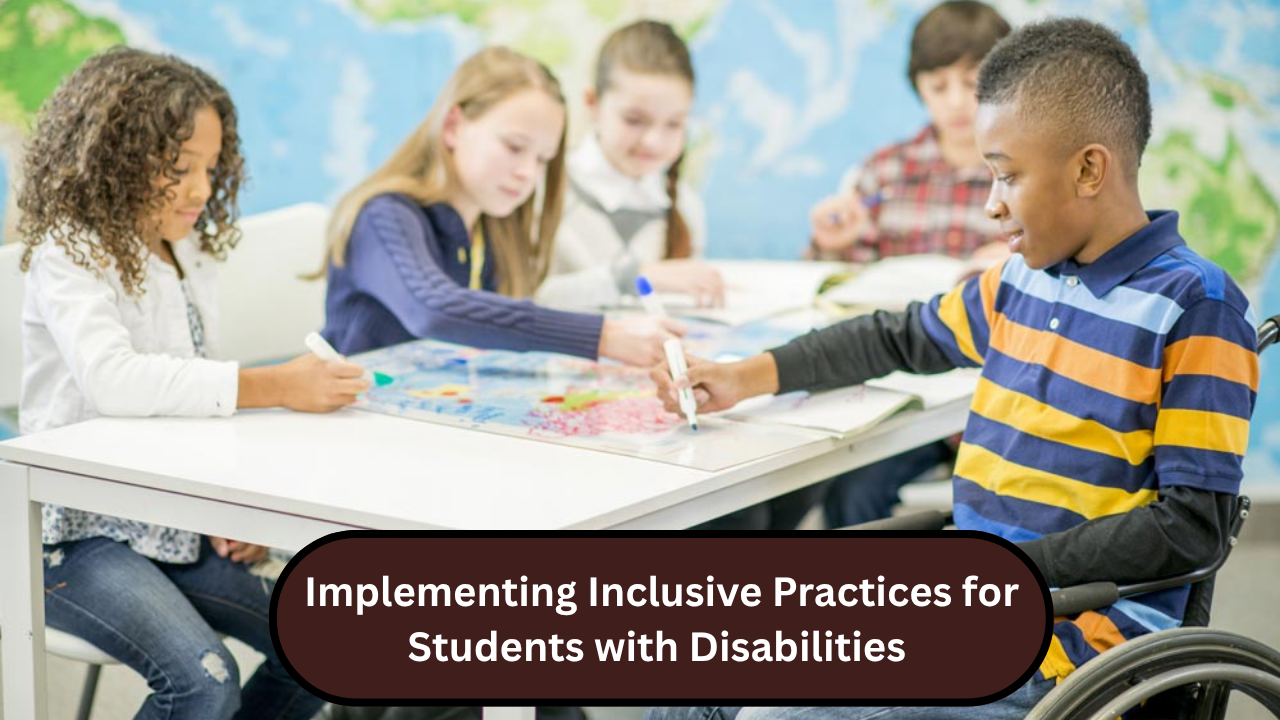In today’s world, education is not just about textbooks and tests—it’s about making sure every student feels included, respected, and supported. This is especially important for students with disabilities. Inclusive education means creating a learning environment where students of all abilities can learn together, with equal access to opportunities. Rather than placing students with disabilities in separate classrooms, inclusive practices aim to bring everyone into the same learning space and provide the right support for success. With the right strategies, schools can become places where every child can thrive.
Understanding Inclusive Classrooms and Their Importance
Inclusive classrooms are learning environments where students with and without disabilities learn side by side. These classrooms value diversity and give equal respect to all learners. Teachers use flexible teaching methods, assistive technology, and different ways of assessing students to ensure that each child can participate fully.
Instead of expecting every student to learn the same way, inclusive classrooms adjust their teaching styles to meet individual needs. This benefits not only students with disabilities but also those without, as it promotes empathy, teamwork, and a better understanding of differences.
Strategies for Making Classrooms More Inclusive
Creating an inclusive classroom doesn’t happen overnight. It involves careful planning, teamwork, and a strong commitment to equality. Some effective strategies include using Individualized Education Plans (IEPs) to guide teaching, offering visual aids and learning tools, and promoting peer support. Teachers can also attend training sessions on special education and inclusive practices.
Another important part of inclusion is involving parents and caregivers in the learning process, so they can work together with teachers to support the student. Schools should also make physical spaces accessible by adding ramps, lifts, and appropriate seating arrangements to ensure every child feels welcome.
Inclusive education is not just a goal—it’s a promise to give every child, no matter their ability, a fair chance at success. By embracing inclusive practices, schools can create safe, respectful, and supportive spaces for all students. It encourages diversity, builds stronger communities, and helps all learners grow into kind and confident individuals. When schools work together with families, teachers, and students, inclusion becomes more than a policy—it becomes a reality that benefits everyone.
FAQ’s:
Q1. What is inclusive education?
Inclusive education is an approach where students with and without disabilities learn together in the same classroom, with proper support to meet each child’s individual needs.
Q2. Why is inclusion important for students with disabilities?
Inclusion helps students with disabilities feel valued and included in school life. It also supports their academic, emotional, and social development while encouraging understanding and respect among all students.
Q3. How can teachers support inclusive practices?
Teachers can support inclusion by using flexible teaching methods, adapting lessons, offering assistive tools, and working closely with parents and support staff to meet the needs of each learner.
Q4. What challenges do schools face in becoming inclusive?
Some common challenges include a lack of resources, limited training for teachers, physical barriers in school buildings, and misunderstandings about disabilities. These can be overcome with proper planning and support.
Q5. Are inclusive classrooms only for students with disabilities?
No, inclusive classrooms benefit all students. They encourage cooperation, respect for differences, and better social skills for everyone—not just students with disabilities.
